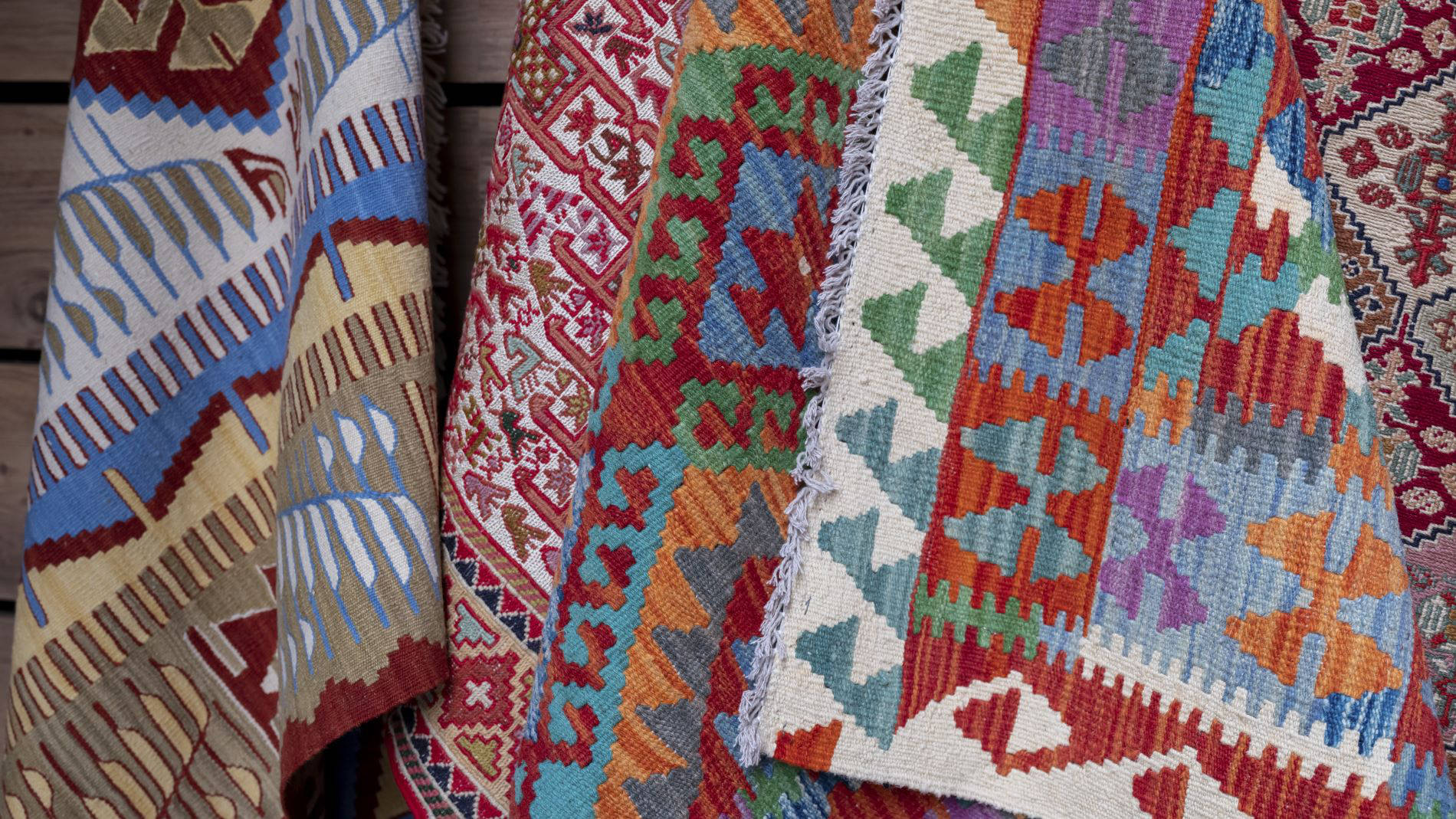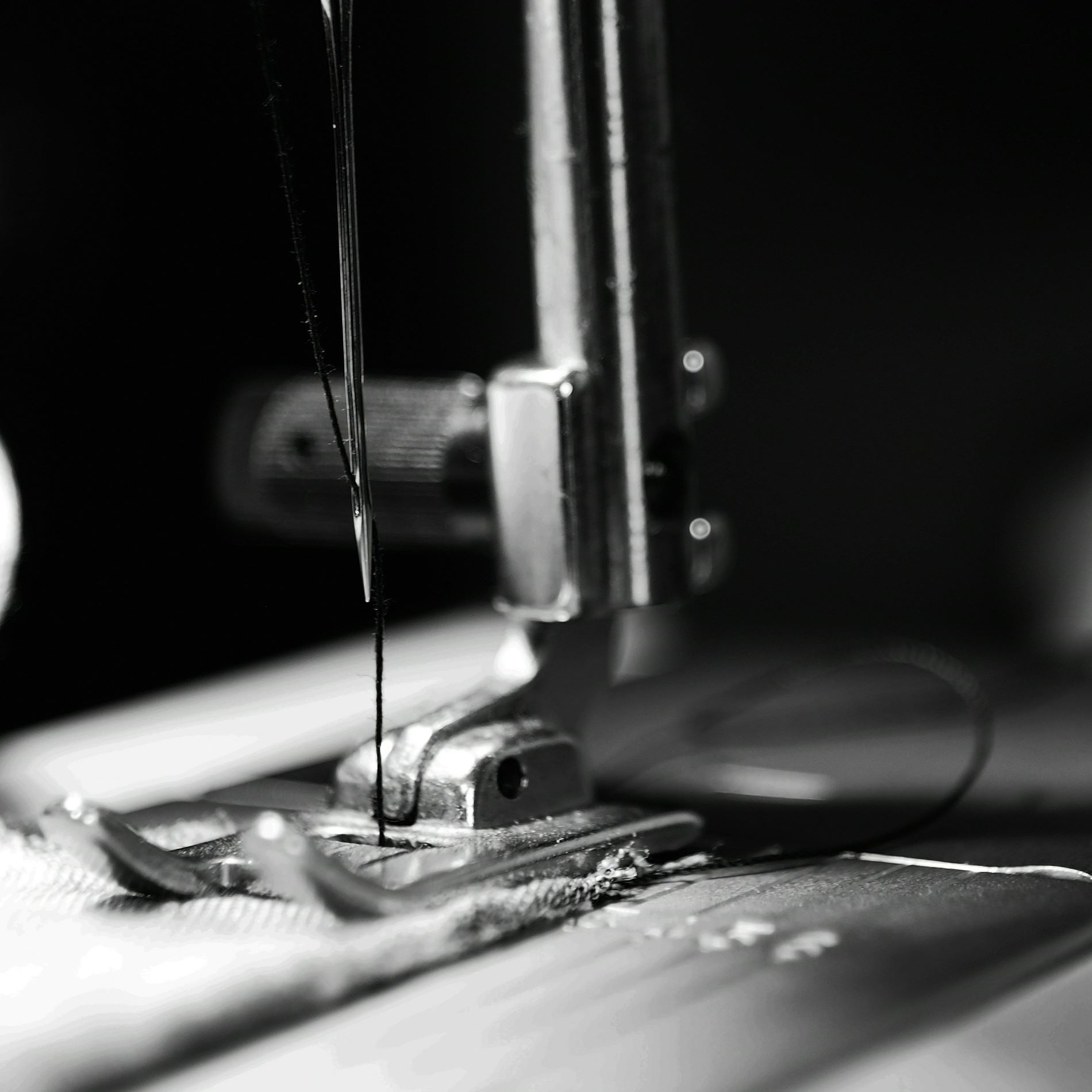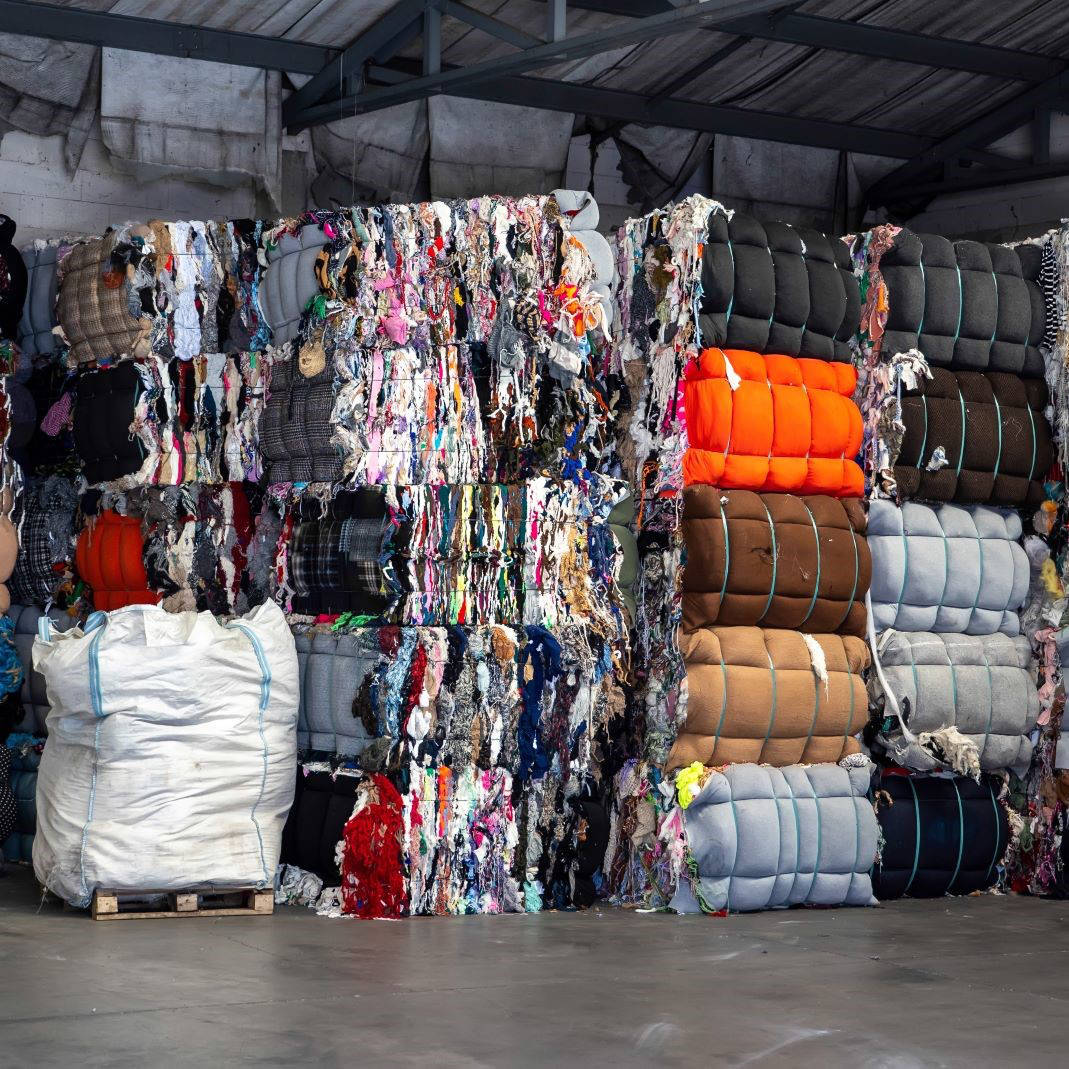Reading time: 2 minutes
Carpets are much more than just floor coverings: They influence indoor climate, improve acoustics, and significantly affect the perception of space. In interior design and architecture, the chosen production techniques play a crucial role in determining durability, texture, and sustainability.
Carpet production techniques
In interior decoration, the choice of materials and production methods are closely linked, as these factors directly affect properties such as maintenance requirements, environmental friendliness, and suitability for allergy- and germ-sensitive environments. Generally, a distinction is made between industrial and artisanal production methods.
Artisanal carpets: Knotting and weaving
Traditional artisanal techniques have a long history, although weaving methods are now commonly implemented by machines. Hand-knotted carpets, however, are still crafted through intricate manual work. Both techniques provide durable and decorative carpets with versatile applications.
- Woven Carpets: Originally handmade but now frequently produced by machinery, woven carpets feature thin, flexible structures. Flat-woven carpets without pile are particularly easy to maintain. Techniques such as Axminster and Jacquard weaving allow complex, durable patterns with high fibre density. Natural fibres such as wool and cotton, as well as increasingly recycled materials, reflect a sustainable approach within the circular economy.
- Hand-knotted Carpets: These premium carpets feature dense piles created by manually tying knots onto warp threads. Their quality depends on knot density and material choice. Typically, natural fibres such as wool are used, enabling intricate patterns and providing excellent longevity with appropriate care.
Industrial carpets: Tufting and needlefelt
While artisanal methods offer flexibility, industrial methods allow rapid production of large quantities suitable for broad-scale applications.
- Tufted Carpets: Yarn loops are inserted into a backing material and subsequently fixed on the reverse side, commonly with latex or polyurethane. "Cut pile" results from trimming these loops, while "loop pile" carpets remain uncut. Loop pile carpets are less robust, as fibres may easily loosen in high-traffic areas.
- Needlefelt Carpets: These highly robust carpets are created by mechanically felting short fibres, typically polyamide or polypropylene. They are exceptionally durable and resistant to dirt, making them ideal for heavily trafficked areas such as offices or public buildings.
Conclusion: Production techniques shape carpet properties
Carpets serve both functional and aesthetic purposes in interior design. While weaving and knotting techniques allow high-quality, personalised designs, industrially manufactured carpets excel in areas requiring durability. The selected production method significantly affects aesthetics, longevity, and maintenance.
FAQ: Frequently asked questions
Which carpet production techniques are particularly important?
For decorative purposes with intricate patterns, weaving techniques and hand-knotted carpets are ideal. Industrial production methods such as tufting or needlefelt are recommended for extensive applications requiring high durability.
How does the production method influence carpet durability?
Hand-knotted carpets are exceptionally durable when properly maintained. Woven carpets also offer good longevity. However, durability largely depends on usage. High-traffic areas exert more wear than purely decorative applications.
Are machine-made carpets as high-quality as handcrafted ones?
Machine-woven carpets can achieve excellent quality and durability, and machine production offers extensive design possibilities. However, there is currently no machine-made equivalent to hand-knotted carpets, making a direct comparison in this category impossible.










